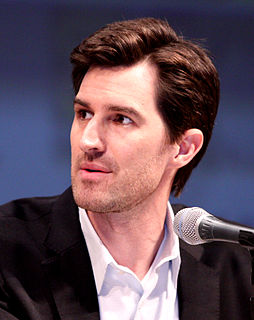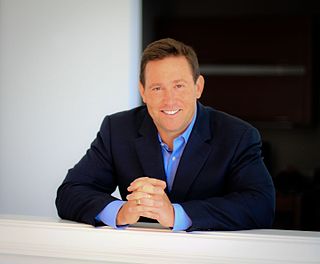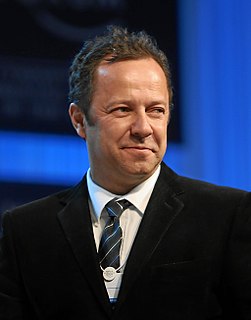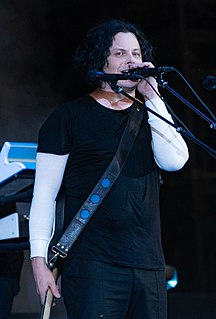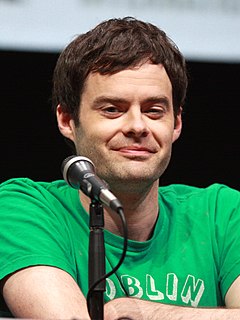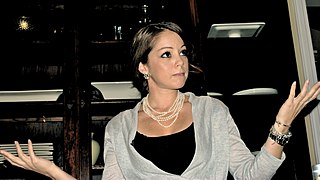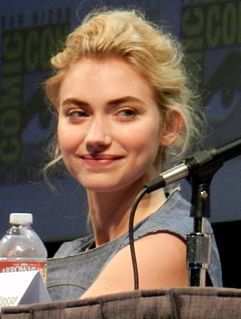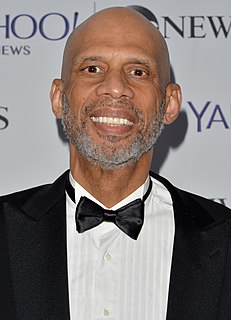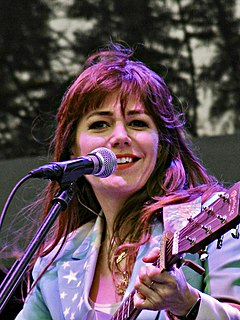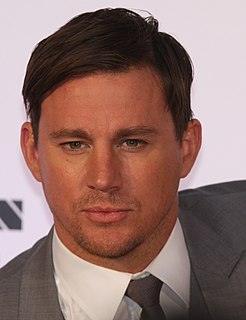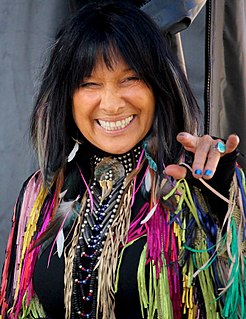A Quote by Joseph Kosinski
When I was in architecture school, rather than giving us drafting boards and t-squares and lead pencils and stuff they gave us all the same tools that places like Digital Domain and ILM used to make features films or special effects. They gave us all these digital tools like Alias and Mya and Soft Image and all these kind of high-end computers, so I came out of architecture school knowing how to use all that stuff. And I started making short films at night.
Quote Topics
Architecture
Architecture School
Boards
Came
Computers
Digital
Digital Tools
Domain
Drafting
Effects
End
Features
Films
Gave
Giving
High
High-End
How
Image
Kind
Knowing
Lead
Like
Make
Making
Night
Out
Pencils
Places
Rather
Same
School
Short
Short Film
Short Films
Soft
Special
Special Effects
Squares
Started
Stuff
Than
Tools
Us
Use
Used
Related Quotes
[Larry Laurenzano] gave me a junior high school saxophone to take to high school, because I was always taking one of our school horns home to practice and I couldn't afford to buy one. He gave my friend, Tyrone, a tuba and he gave me a junior high saxophone for each of us to use at Performing Arts High School with. My audition piece was selections from Rocky. We were not sophisticated. But we had some spirit about it. We enjoyed it, and it was a way out.
I think art is the development of this interface between mind and matter, between mind and phenomenon, between what's inside of us and what's happening outside of us. It developed over the course of the last 35,000 years. We made a lot of improvements because it not only gave us the tools to understand the world better, but it also gave us better and better tools to do it. It's that continuous relationship: technology and discernment.
This is where you first failed us. You gave us minds and told us not to think. You gave us curiosity and put a booby-trapped tree right in front of us. You gave us sex and told us not to do it. You played three-card monte with our souls from day one, and when we couldn't find the queen, you sent us to Hell to be tortured for eternity. That was your great plan for humanity? All you gave us here was daisies and fairy tales and you acted like that was enough. How were we supposed to resist evil when you didn't even tell us about it?
I try to express in my films things that no other art can approach. In my monster films for example, I use special effects in the same way one would use a special film stock, a special camera, and so on. Monster films permit me to use all of these elements at the same time. They are the most visual kind of film.
I was about 14 when I started with a theater group; it was like a stage group on the weekends alongside school. And it was run by a group of guys who'd been to drama school themselves in London. So they introduced us to techniques that they'd learn about, and they kind of informed us about improvisation and screenwriting and all of that stuff.
My high school had been a renovated old hospital, so when I first came to the UCLA campus in the spring of 1965, I was immediately impressed by the classic northern Italian architecture that was mixed with futuristic ultra-modern buildings. The classic architecture gave it the heft of old wisdom while the modernistic look inspired hope for the future.
I like doing this stuff [stunts] though, it's kind of the whole reason that you want to do the movie. When you're reading it you're like, "Oh, I get to dive out a window? Cool! I get to jump off a building? Great!" So I love doing that stuff, it's like the stuff we used to do in high school to be stupid and fun.
